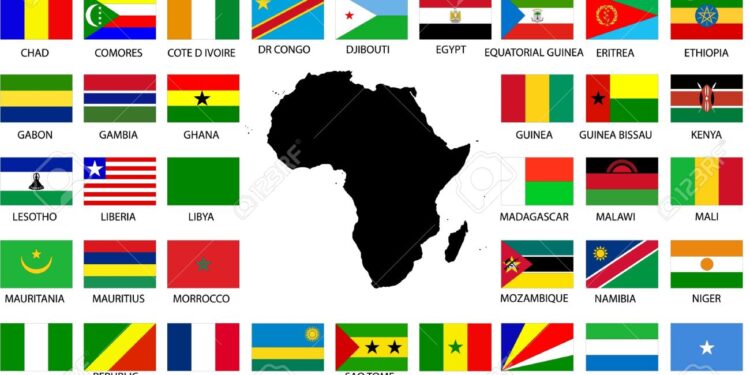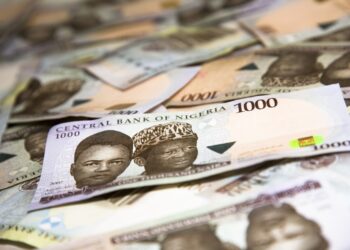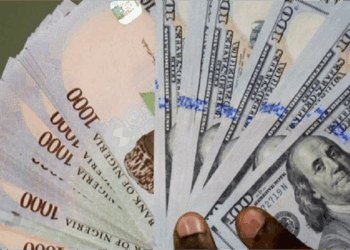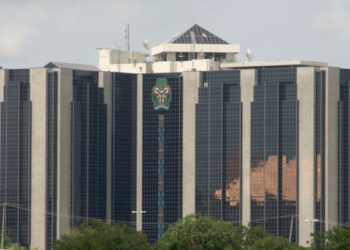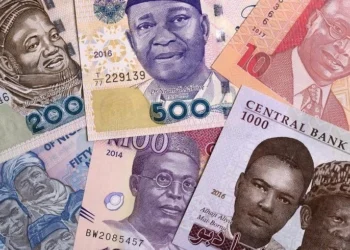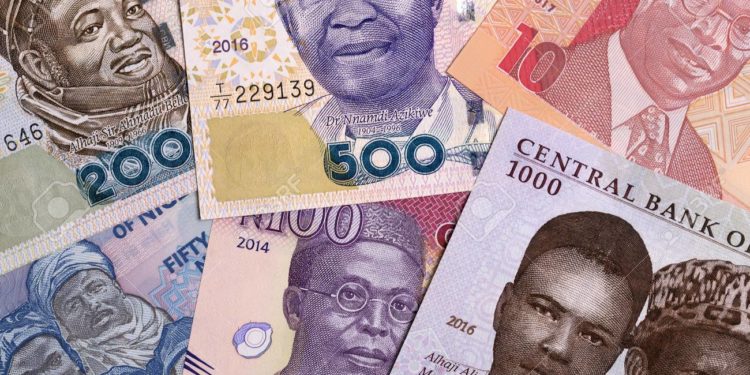With inflation remaining a major challenge across African economies, central banks have adopted aggressive monetary tightening measures to stabilize currencies and contain rising prices.
According to data compiled by Nairametrics, Nigeria, Zimbabwe, and Ghana are among the countries with the highest Monetary Policy Rates (MPR) on the continent.
The MPR, a benchmark interest rate for lending and borrowing, remains at elevated levels across Africa, reflecting the difficult trade-off between stabilizing prices and promoting growth.
As of September 2025, Zimbabwe leads with a staggering 35% rate, while Nigeria ranks second at 27%. Ghana, Angola, and others also feature prominently. These high rates make borrowing costly for businesses and households, further slowing investment and consumption.
Below is a country-by-country snapshot of the Top 10 African countries with the most expensive borrowing rates, alongside recent inflationary trends and policy decisions.
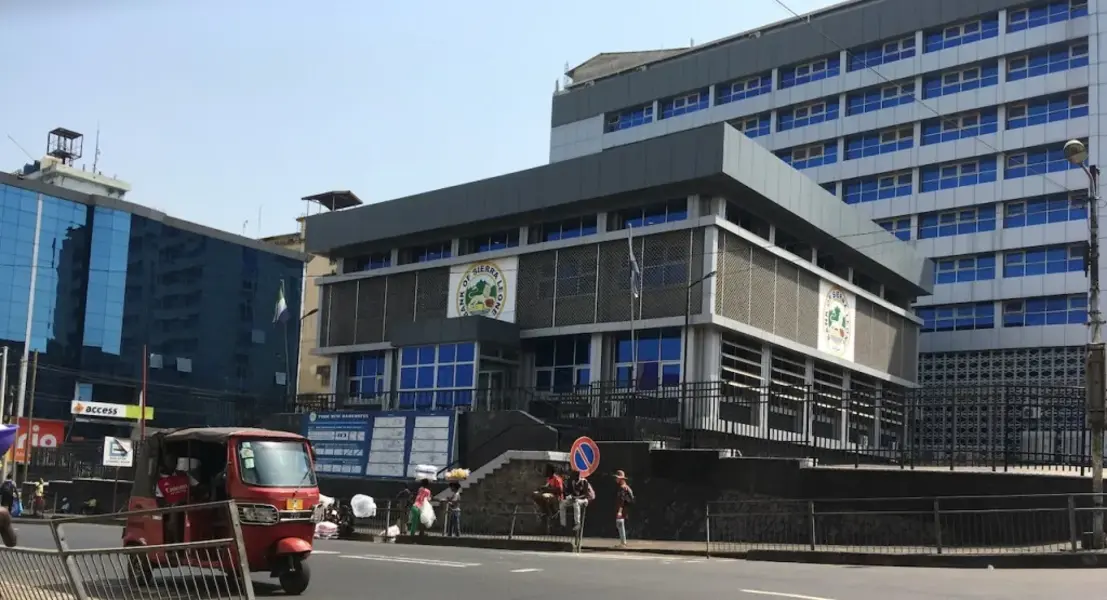
The Monetary Policy Committee (MPC) of the Bank of Sierra Leone (BSL) on 28th July 2025, announced a two percent reduction in the Monetary Policy Rate (MPR) to 21.75% from 23.75%.
In October 2024, the Bank of Sierra Leone increased its benchmark rate by 50 basis points to 24.75% to tackle inflation.
The Bank of Sierra Leone has tightened monetary policy to avoid full-blown macroeconomic instability. But with limited diversification in the economy and a large informal sector, the policy impact is uneven and makes borrowing more expensive for the productive sectors.

